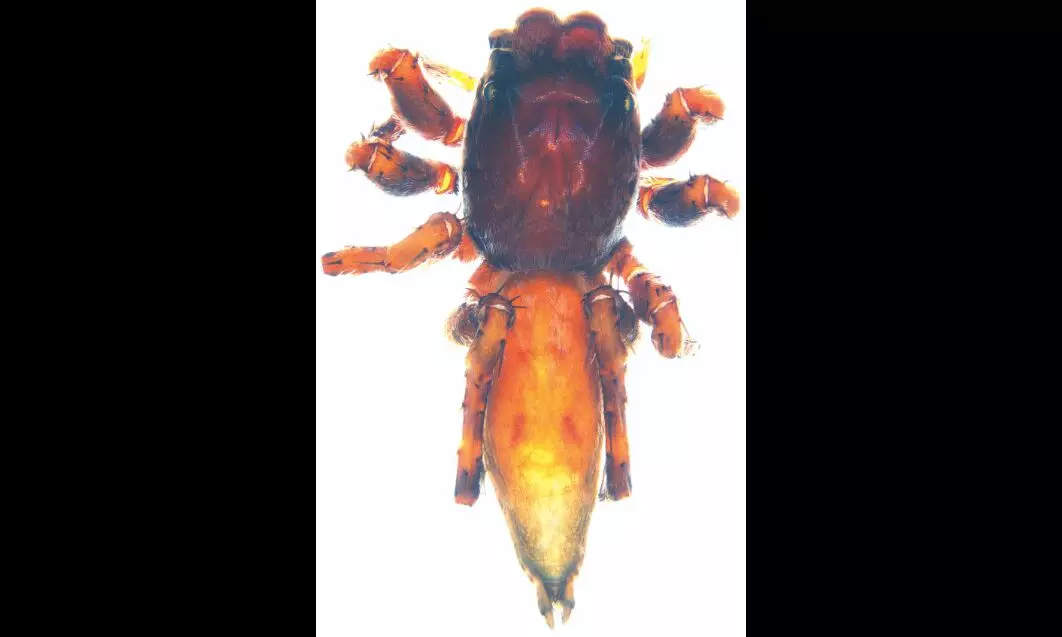ZSI describes four new jumping spider species from few southern states and Western Ghats

KOLKATA: Researchers of the Zoological Survey of India (ZSI) recently described four new species of jumping spiders from Kerala, Karnataka and Tamil Nadu parts of the Western Ghats, one of the world’s major biodiversity hotspots.
Jumping spiders have the best vision among spiders and use it in courtship, hunting and navigation. They act as excellent predators and thus play an important role in maintaining the ecological balance. Dr Dhriti Banerjee, Director ZSI stated that spiders are important components of every ecosystem and can be used as ecological indicators for environmental conservation and management.
The names of the species ‘Cocalus shendurneyensis’, ‘Habrocestum mookambikaensis’, ‘ and ‘Stenaelurillus megamalai,’ 'Stenaelurillus
neyyar,' have been derived from its vicinity of occurrence.
The genus has been known by only one species from India. Now it has been reported for the second time with the description of a new species ‘Cocalus shendurneyensis’.
This small jumping spider is reddish-yellow to brown in colour, with a pair of light brown longitudinal stripes and light brown lateral markings on the abdomen.
The second species ‘Habrocestum mookambikaensis’ is a small, ground-dwelling jumping spider with a dark reddish-brown head and brown abdomen with several light grey patches. The rest of the two jumping spiders belong to the genus ‘Stenaelurillus megamalai,’ 'Stenaelurillus
neyyar,' , which are small, dark-coloured, and hairy-bodied spiders.
The study team was led by Dr Souvik Sen, Scientist of ZSI, Kolkata. The research papers have already been published in the recent edition of ‘Zoosystematics and Evolution’ and ‘Arthropoda Selecta’.
Last year, the ZSI team described four new species of spiders from the Western Ghats region. Among them two species ‘Cyrtarachnewayanadensis’ and ‘Pasilobussahyadriensis’ were discovered in the tea plantations of Wayanad district of Kerala, highlighting the importance of spiders as generalist predators for the tea ecosystem as well.
The other two species ‘Heriaeus chareshi’ and ‘Hamataliwa indica’ were collected
from the Agasthyamalai Biosphere Reserve.



